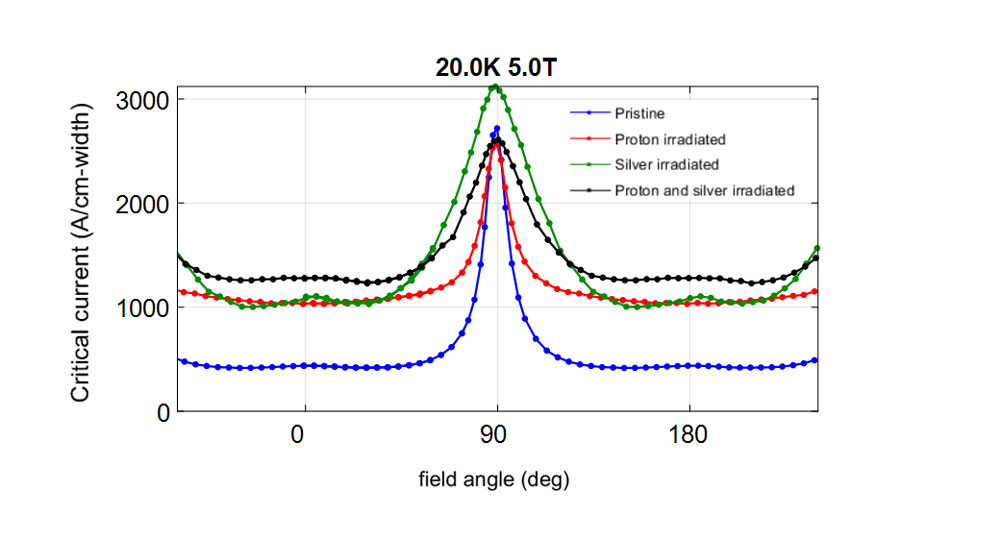WB4-5
Flux pinning dynamics in individual irradiated and multiple irradiated REBCO coated conductors
Nov. 30 11:30-11:45
*Arya Ambadiyil Soman1, Stuart C Wimbush1, Nicholas J Long1, Martin W Rupich2, Jerome Leveneur3, John Kennedy3, Patrick Kluth4, Christian Notthoff4, Nicholas M Strickland1
Robinson Research Institute, Victoria University of Wellington, Lower Hutt 5010, New Zealand1
American Superconductor Corp, Ayer, Massachusetts 01432, USA2
GNS Science, Lower Hutt 5010, New Zealand3
Australian National University, Canberra, ACT, 2601, Australia4
Achieving high critical current density and reduced magnetic field anisotropy in superconductors is of great relevance in designing HTS devices for different applications proposed for sustainable energy production, transport, energy storage as well as medical applications. Incorporating nano-sized non-superconducting secondary phases as additional vortex pinning centers through ion beam technology has proved to be a successful method to achieve high critical current performance in superconductors with minimal disruption to the existing defect landscape, thereby enhancing the critical current in a readily controllable fashion. Previous studies show that irradiation with a single species of ion can enhance the in-field Jc and reduce anisotropy in commercial state-of-the-art CCs. Here we explore the impact of multiple ion irradiation on superconductor performance. We have optimized the critical current for the proton or silver irradiation separately and compared these with the combined irradiation of both on commercially available (Y,Dy)Ba2Cu3O7-δ coated conductors from American Superconductor. The resulting samples were characterized using field angle-dependent transport critical current measurements over a range of temperatures from 20 K to 77.5 K and magnetic fields up to 8 T. The individual irradiation of protons and silver resulted in a similar level of critical current enhancement, a factor 2.4 improvement in the c-axis peak over an already optimized and commercially superconducting tape and combined irradiation with silver and protons results in a further critical current enhancement at 20 K and 5 T. The individual and combined irradiated samples were analyzed in the framework of the maximum entropy model to understand the vortex dynamics providing a broad picture of synergistic and competing interactions among the various types of defects. The knowledge gained will benefit in designing pinning landscape for specific applications which requires optimal concentrations of different defects for maximum critical current.
Keywords: High temperature superconductor, Critical current, Ion irradiation, Vortex pinning
